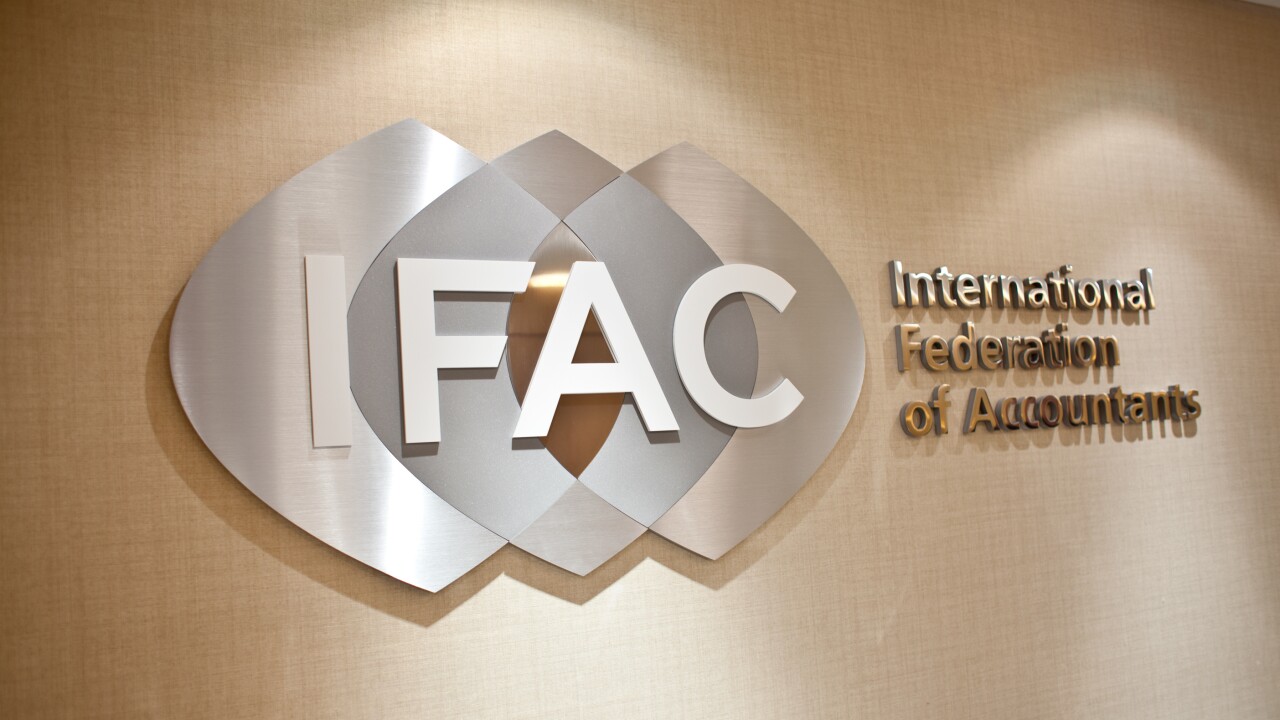In the past decade, the Asia-Pacific region has been characterized by fast-growing, innovative economies that have presented substantial opportunity for U.S. companies.
Looking ahead, APAC is poised to remain the land of opportunity. According to the most recent
With the good times continuing to roll, how can businesses branch out to APAC while mitigating the inherent risks in global expansion?
Compliance complexity
For as much economic possibility as APAC presents, it also has immense tax, compliance and accounting challenges. With a diverse range of languages, cultures and legal systems, the region features more time-consuming compliance requirements when compared to the rest of the world, as found in the
Across the region, each country has its own tax and compliance regulatory frameworks that require extensive local knowledge to reduce expansion risk and control costs. In Singapore, for instance, compliance is almost seamless because the wealthy country’s regulatory framework and governance structure are fully digitalized.
However, in India and China, the economic giants in the region with
India
Taxation in India is complex, with different taxes levied by central and state governments. The country moved to standardize most taxes across the country’s many states by introducing a new goods-and-services tax last year. It is a comprehensive indirect tax on the manufacture, sale and consumption of goods and services.
The GST is a massive reform, meant to increase government revenue while reducing compliance costs for businesses and easing the paying of taxes. But, of course, the transition has been anything but smooth in a vast country known for its parallel economy, complicated regulations and tax evasion.

Problems with the new tax system are partly the challenges of a large democracy with diverse business dynamics. The GST has five different tax rates, topping out at 28 percent for certain luxury and sin products, and companies are struggling to keep up with the rules. Even before the GST, the tax environment was challenging. In 2017, businesses took an average of 214 hours to prepare and pay taxes, according to the World Bank. There is a matrix of compliance demands, some of which require filings at a central level while others could vary by states and local practices.
Despite compliance challenges, India has emerged as one of the most attractive destinations, not only for investments but also for doing business. Last year, the country for the first time moved into the top 100 in the World Bank’s Ease of Doing Business global rankings because of sustained business reforms.
China
China continues to be the financial superpower in the region and through its foreign investment has a significant influence on other economies. As one of the world’s leading exporters, China plays an increasingly influential role in the global economy. It also attracts record levels of foreign investment, despite consistently ranking as one of the most complex countries for any foreign firm because of the bureaucracy.
Overseas firms often struggle with the vast maze of laws and regulations. China ranked as the most complex place in the world for accounting and tax compliance, according to
Companies have had to spend more on internal resources to monitor details, such as the number of days expatriates are in China and collect all relevant documents. The third phase also means increased scrutiny of returns and forms by the local tax bureaus.
China and India offer enormous opportunities, but they are large and complex markets that require careful navigation to achieve success. Securing on-the-ground knowledge is essential. The first step, however, is to do your homework. There are a number of reputable, free resources, like this





